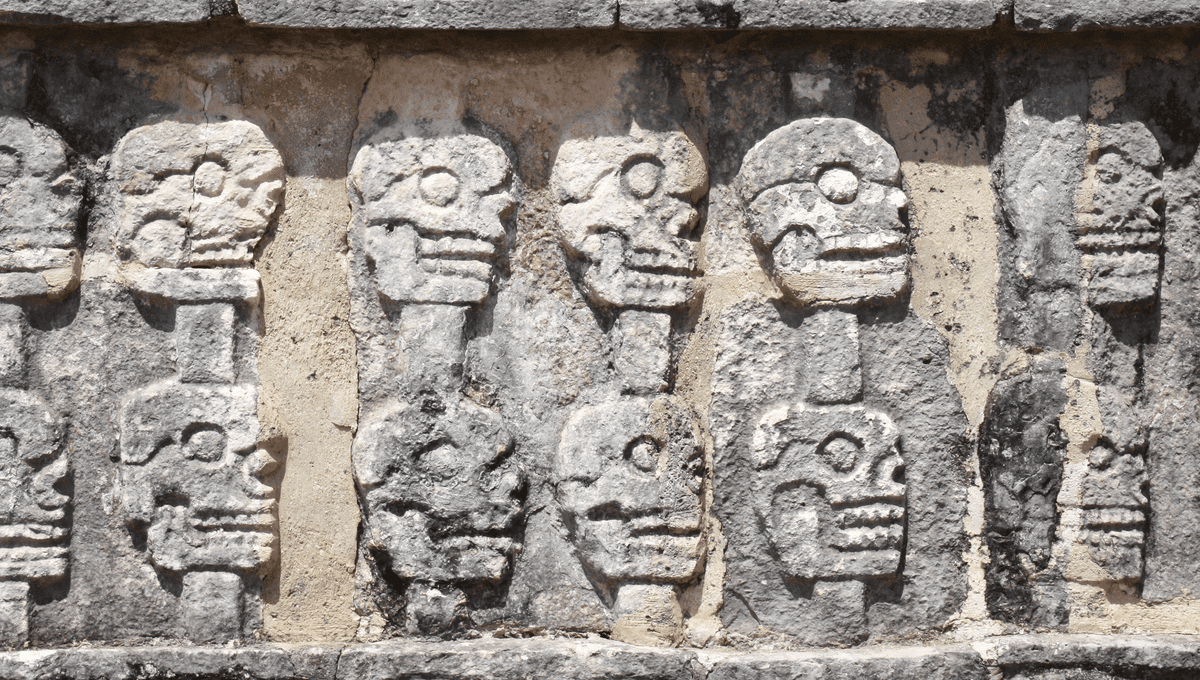
Picture the scene: you’re a kid, living in one of the great cities of the Mayan Classical period, and your parents shake you awake one morning. “Come on,” they tell you. “We’re going to the Midnight Terror Cave.”
Doesn’t sound too inviting, does it? But don’t let the name put you off: it’s actually much worse than it sounds.
What is the Midnight Terror Cave?
“We found… a huge collection of human skeleton material, around 9,000 bones,” James Brady, a professor of Mesoamerican anthropology at California State University at Los Angeles, told The Washington Post in 2015. “It’s probably the largest collection that has ever been found in a Mayan cave.”
Well, that explains the “terror” part – what makes it a “midnight” cave? That would be the other half of the nightmare: the discovery of the site.
Who discovered the Midnight Terror Cave?
It’s not a story without poetic justice. One night in 2006, a looter in the Belize countryside fell 18 meters (60 feet) down sheer rock face to what he surely thought was his death.
He survived – although when he saw where he had landed, he might have wished he hadn’t. While he spent the night recuperating in a Belize hospital, his accidental discovery of one of the largest ever collections of Mayan sacrificial remains was going to change the face of Mesoamerican archaeology forever.
Who was sacrificed at the Midnight Terror Cave?
With over 9,000 bones in the cave, the remains represent hundreds of individuals, many of whom were just children when they died. It was a hugely multicultural bloodbath, too, with sacrifices coming from as far as 200 miles away.
“No one’s from Belize,” archaeologist Samantha Lorenz told Collectors Weekly in 2015, “so that means we have this population of children that was brought in from somewhere else for the purpose of sacrifice.”
“Were these children taken? Were they sold? Were they voluntarily given up? Were they orphans? There are a lot of different things we need to look into,” she said. “And because there are so many of them all coming from the same region, then you have to look at whether there was a trade network, essentially a human-trafficking network, in children.”
Why were they killed? The area at the time – now comprising parts of Mexico, Guatemala, and Belize – was suffering devastating droughts. Experts believe these were caused in part by sophisticated but ultimately destructive water management techniques and deforestation, and the victims were almost certainly sacrifices to the Mayan rain god Cha’ak.
After all, what better gift could you give a hungry god than a human sacrifice on the cob? “The ancient Maya and even the recorded Maya […] believed humans were made from corn,” Belizean archaeologist Jaime Awe, a professor of anthropology at Northern Arizona University and Director of the Belize Valley Archaeological Reconnaissance Project, told Collectors Weekly.
“And so, when you offered a human, you were essentially feeding corn to the gods.”
How were people sacrificed at the Midnight Terror Cave?
We can’t know for sure how the sacrificial victims felt about their fate – although it certainly doesn’t sound tempting. They may have been gagged as they were paraded from town to town over the course of days or even weeks leading up to their grisly deaths.
Perhaps they had one saving grace, however: if the Mayan practices were anything like the later Incan priesthood’s, at least the kids’ last days might have been spent on a high.
Are people still sacrificed at the Midnight Terror Cave?
You’ll probably not be surprised that human sacrifice is illegal in Belize today – but that doesn’t mean cave sacrifices are confined to history, Awe said.
“Those of us who do research in the Maya area have the advantage of meeting the descendants of the people who utilized these places, be they cave sites or surface sites,” Awe told Collectors Weekly. “They still live in and around some of the ancient Mayan cities, and many of their traditions have continued. By talking with contemporary Maya about their contemporary rituals, we can extrapolate into the past.”
Today, though, instead of sacrificing a couple of local orphans or shipping in people from far and wide, Mayan ritual practitioners choose a more family-friendly option: chickens. It’s not as potent an offering as human flesh, of course – but it’s the thought that counts, Awe explained.
“Obviously chickens are not thought to be made from corn when they are offered as a sacrifice, but it’s just like when you go into a Catholic church and they say ‘Here’s the blood of Christ’ before you drink some wine,” he said. “What’s important is the symbolic offering.”
Source Link: Midnight Terror Cave Child Sacrifices: What, Where, When, How, And Why?